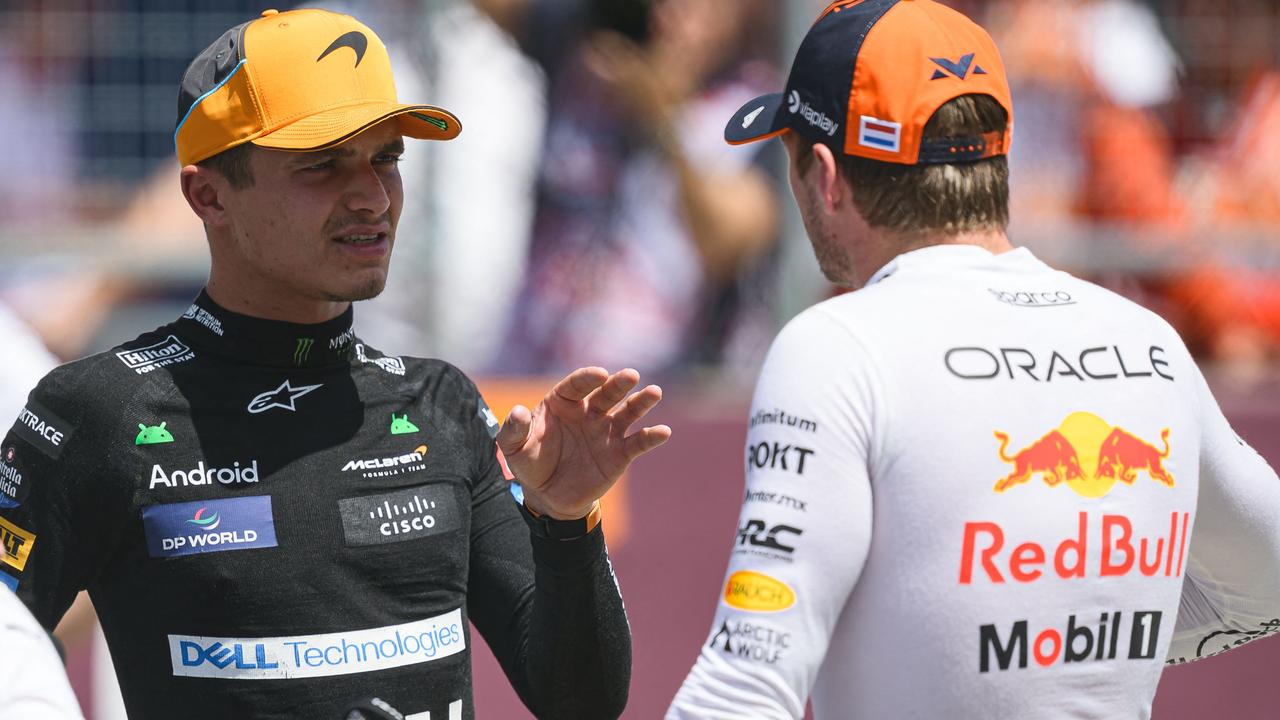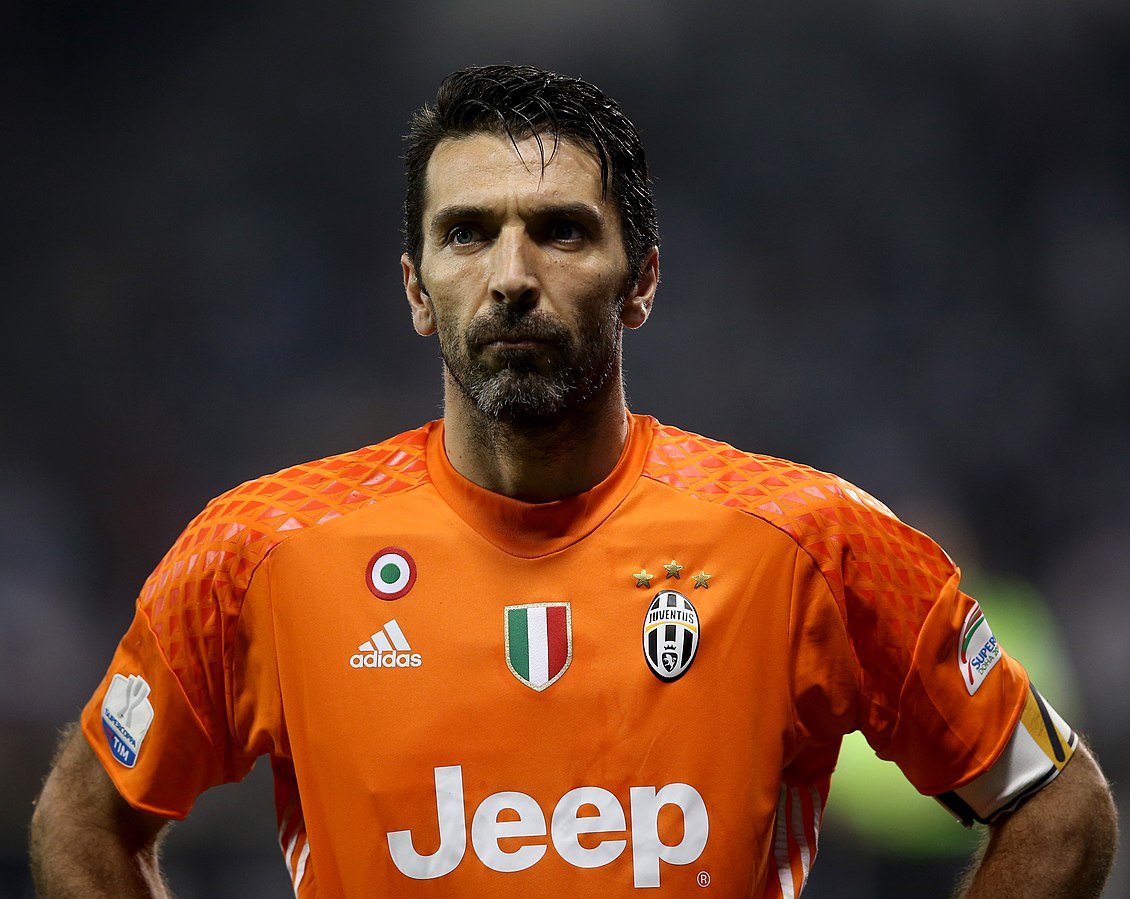Honda is coming back to Formula 1 with Aston Martin. Sort of.
Really Honda never left. The Japanese marque’s 2020 decision to withdraw from its Red Bull Racing partnership by the end of 2021 was never truly executed, and it’s been looking to gradually unwind that decision ever since it powered Max Verstappen to his first title 18 months ago.
While Red Bull Racing will still be using Honda power until the end of 2025, the reigning constructors champion had already made other plans for 2026 by the time Honda was sure it wanted back in, leaving Sakura searching for a partner that could wield works status competitively.
Watch the Formula 1 Spanish Grand Prix 2023 live and ad-break free in racing on Kayo Sports on Sunday, 4 June, at 11:00pm AEST. New to Kayo? Start your free trial now >
Luckily enough, Aston Martin has appeared on the frontrunning scene this year and is determined to become a major player in grand prix racing.
According to conventional wisdom in Formula 1, that means having a works engine partnership.
So Silverstone has chosen not to renew its Mercedes deal from 2026 and form a partnership that sounds like a bizarre mismatch of a marriage: Aston Martin-Honda.
“It’s clear to us and I think to Honda that the 2026 Formula 1 regulations will require the sort of full integration of chassis and power unit that only a full works team relationship delivers,” Aston Martin CEO Martin Whitmarsh said.
“In my view it is very, very difficult to win consistently championships without a full works relationship.”
Therefore Honda is back in Formula 1 as a fully committed engine manufacturer — though not everyone’s absolutely pumped about it.
“I think from our side of course it’s a bit unfortunate how all of that turned out,” Max Verstappen said. “A few years ago they say, ‘We’re going stop’, so then Red Bull sets up its own engine division, and then at one point they say, ‘No, we continue’.
“Unfortunately, once you’re already in the process of building a whole engine yourself, you can’t really work together anymore.
“It’s a bit of a shame, I would say.
“We always have and had a really good relationship with them, and then seeing them go to Aston Martin is a bit of a shame.
“For Aston Martin it’s really good — they have a great engine, we all know that — so it is what it is.”
Monaco Grand Prix Full Race Highlights | 07:52
WHY RED BULL RACING COULD BE WORRIED
It’s easy to understand why Verstappen comes across as a little bit frustrated with Honda’s decision-making.
Honda powered him to his first world championship and to the constructors-drivers double last season, a feat it’s almost certain to replicate this season.
The Japanese motor has gone from F1 laughing-stock to the class of the field in partnership with the Red Bull family. Together the two brands have become a genuine powerhouse.
But Honda’s flip-flopping hasn’t just guaranteed an end to that relationship, it’s also put Red Bull Racing’s competitiveness at risk from 2026.
“Certainly from what I’ve seen so far from Honda, I’ve been really impressed with their work ethic and the amount of detail they put into every single thing that you ask for,” Sergio Pérez said. “As a driver, it has been really impressive for me.
“We are obviously excited to have Ford at the time, but we don’t know what to expect. I’ve never worked with them, so it’s going to be a new challenge.”
While Red Bull Racing has been studious in putting Ford at centre stage, the American marque is mostly supplying money via sponsorship, with its technical input limited. Red Bull Powertrains, a bespoke new entity, is driving the development of the engine.
And while Red Bull Racing is obviously an established and well-credentialed racing team, the energy drinks-backed company has never made an engine before.
Sure, it’s hiring plenty of people with experience in the field, including many who worked at Honda’s UK outpost. It’s also had a head start, having started work on the internal combustion engine in 2021.
But the modern F1 motor is a complex beast. Even Honda, one of the world’s biggest automotive companies, managed to get it catastrophically wrong when it came back to F1 for the turbo-hybrid era in 2015.
Meanwhile, the more confident bet and current category leader Honda will be devoting itself to Red Bull Racing’s closest challenger.
“I think Aston is a top team that is getting a top manufacturer,” Pérez said. “So I think the combination itself is going to be one of the most powerful for 2026.”
Sainz BLASTS Ferrari’s strategy | 01:08
HORNER SEES VALUE IN TRUE WORKS DEAL
Unsurprisingly, Christian Horner doesn’t share the sentiments of his drivers. Instead he sees the potential rewards of a fully in-house engine program outweighing the risks of starting from scratch.
“For the long-term prospects of Red Bull, we’ve outgrown being a customer,” he said. “For us to have the power unit on site, on campus, integrated fully with chassis and the synergies that creates with engine and chassis engineers sitting next to each other … the advantages are significant.
“[With Honda] we pay for an engine and we receive a service.
“The relationship with Honda has been phenomenal and we’ve been treated as a partner as well as a customer.
“Having experienced different relationships with different engine manufacturers, to have the ability to specify certain parameters within the engine and fully integrate it with your chassis team, that’s something that’s completely new for us — something we experienced to a degree with Honda but now are taking to a new level for the 2026 season.
“And it’s exciting taking on a new challenge, a start-up company taking on some iconic brands in Formula 1 as a power unit manufacturer.
“It’s an enormous challenge, but one that we’re relishing.”
Undoubtedly there will be some advantages to having engine and chassis manufactured practically under one roof and allowing the entire car package to be developed as one coherent entity rather than an amalgamation between two key components.
But it’s debatable how significant that is.
Ferrari is the only team that enjoys the same luxury. Meanwhile, Mercedes has never had any trouble having its power unit base remote from its team hub.
Further, Renault won championships in 2005 and 2006 with its team based in the UK but with its engines built in France, a geographical and linguistical split. True, those were simpler times in terms of engine architecture, but nonetheless.
Sainz cops damage after sloppy error | 01:28
DOES A WORKS DEAL REALLY MATTER?
Conventional wisdom in F1 says that you need to be a works team — that is, have control over the power unit — to be a championship contender.
Though it is rare for a customer team to win titles, it does happen.
In fact Red Bull Racing was the last team to win the championship with a customer engine — with Renault in 2010–13, even though Renault operated its own factory team in 2010. Before that, it was Brawn winning with Mercedes in 2009.
So it’s not surprising that when Fernando Alonso was asked whether Aston Martin needed to be a works team to win championships, he answered succinctly: “No.”
“It is always better if you can develop your power unit together with the chassis and have everything integrated well in advance,” he said. “Being a works team, I think there are only benefits.
“I think that doesn’t mean that until 2026 Aston Martin will not have a chance to win the championship.”
In fact you might consider the state of the current championship as evidence, with Aston Martin leading Mercedes on the constructors table despite taking a customer supply of motors and gearboxes, along with other ancillaries.
It might be difficult, but it’s clearly possible to outperform the factory team, particularly given the rules require there to be no differences between customer and works engines — that is, Mercedes and other suppliers can’t save the good stuff just for themselves.
“With the amount of integration that there is between the chassis side and the power unit side, of course, it’s always going to be an advantage,” Ferrari racing director Laurent Mekies said, per Autosport.
“Does that stop you from operating at a very high level if you don’t have one? Some people are proving that it’s possible to do a very good job without that sort of deal, so I don’t think it’s going to be more important in the future than it is already today.
“I think the level of complexity of the power units is already sky-high today, and if anything, we are doing steps in the regulations to decrease that complexity tomorrow, and hopefully, it will give us an even more compact field.”
McLaren team boss Andrea Stella suggested that the deficit of being a customer team is small enough to be made up elsewhere in the overall package — although you might cynically argue that he would say that given McLaren looks unlikely to find a works supply by 2026.
“If it’s a matter of the final milliseconds, we hope we’ll be able through chassis and aerodynamics to compensate for that,” he said. “We know it’s not the absolute best situation, but we don’t think it’s a decisive factor for being successful in the future.”
For now the conventional wisdom prevails, but only until someone proves themselves to be the exception to the rule.
Maybe someone will do that in 2026 — if Aston Martin can’t do it sooner.







